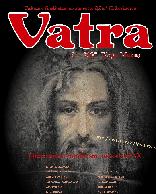
Vatra - dialogue with Mihai Sora
Vatra - Dialog cu Mihai Şora
Keywords: Romanian society; sercuritate collaborators; Mona Musca;
More...
Keywords: Romanian society; sercuritate collaborators; Mona Musca;
More...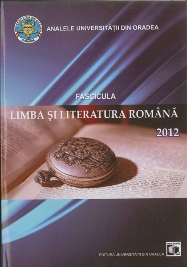
Keywords: time; poetry; identiy; dream; ontology; transcendece
In Mihai Eminescu’s poetry, the desintegrating dimension of time is forced to accept new coordinates through poetry, dream and Eros. The physical time of ontological accidentalness is thus transfigured through poetry, love and dream, palliatives which render the time of succession and necessity into a time free of alienating constraints, unbound to the ephemeral and to the lapse. The being resorting to such ideal palliatives escapes the tyranny of seconds and has a different profile, getting ontological substance to replace the apparent loss of strict form.
More...Die Studie setzt sich mit der Problematik des. Besitztums VOt:l Dărfern in Siebenbtirgen des FUrsten des Rurnănischen Landes - Mihai Viteazul-(l593-1601) aus. Das Besitzturn der Walachischen und Moldauischen FUrsten in SiebenbUrgen war eine alte Beziehung Zwschen den drei rurnănischen Lănder von groBer sozial - politischen, kulturell-historischen und kirchlichen Bedeutung fUr die Rurnănen in SiebenbUrgen, die den GroBteil der Bauern in diesern Gebiet bildeten. Mihai Viteazul unter dessen Herrschaft das walachische Besitztum seine grăBte Ausdehnung kannte, besitzt nach dem Jahren 1595-1596 zwei Gebiete in SiebenbUrgen: Lona mit fUnf Dărfern und das SchloB Buia zusammen nlit 30 Dărfern. Als Principe von SiebenbUrgen in den Jahren 1599- 1600 war Mihai Viteazul im Besitz der groBen fUrsterlichen Gebiete, in dennen das Fogarascher Gebiet eine wichtige Rolle spielte. In der Zeit als die Gebiete Lona und Buia im Besitztum von Mihai Viteazul waren, wurden Kirchen aus Stein in den wichtigsten Ortschaften gebaut und die alten rumănischen Institutionen wie auch das kirchliche leben der Rumănen aus diesen Gebiete kennen eine Wiederbelebung.
More...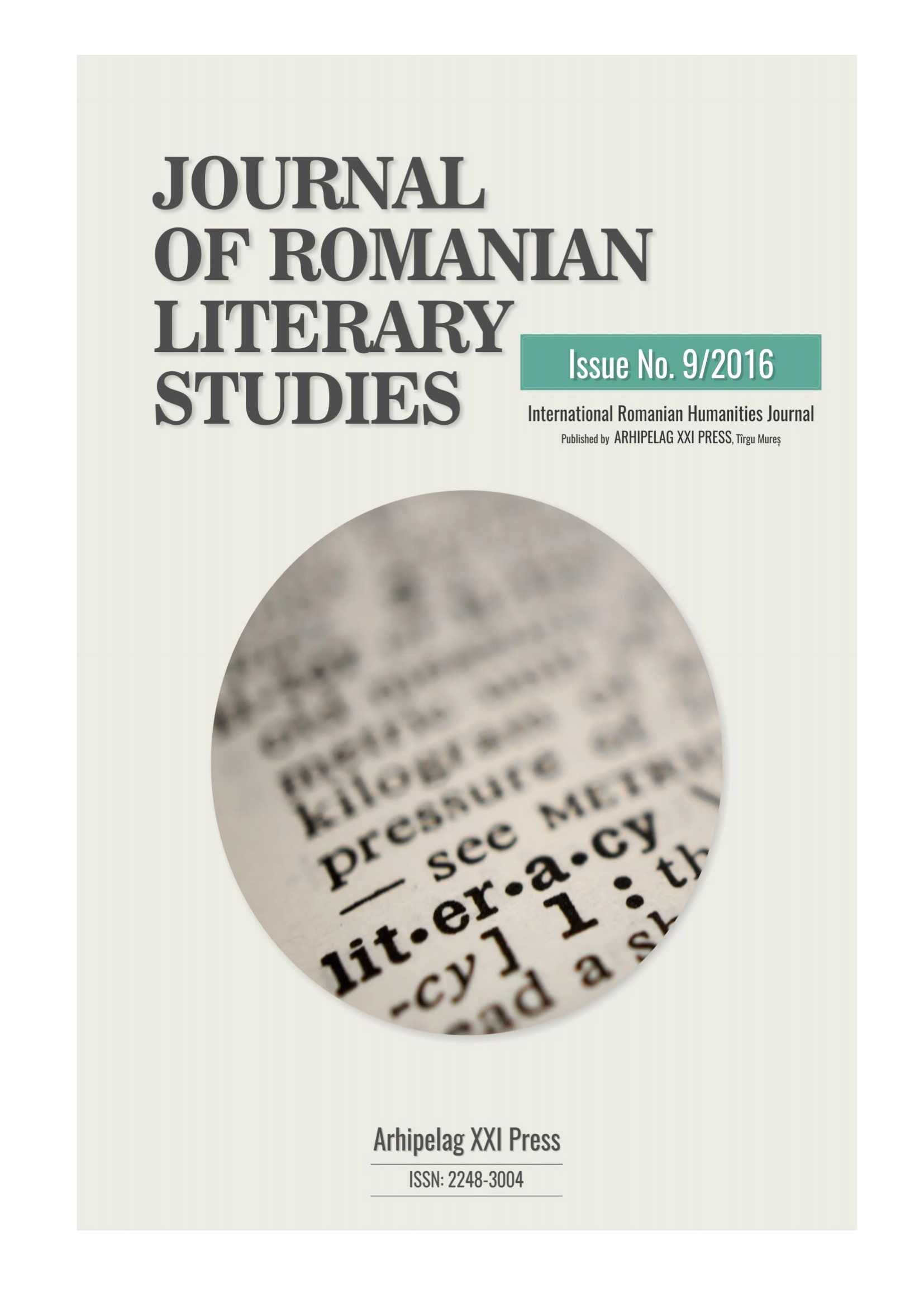
Keywords: angel; demon; Mihai Eminescu’s angeology; stereotype
The subject of female angels has long fascinated mankind, not just believers, but also artists, poets, musicians. The purpose of this study is to give an essential overview of what Mihai Eminescu would have the model readers to know about the female angels and demons based upon what it is actually contained in his literary work. Mihai Eminescu also inaugurated a tradition of writing with and about angels in Romanian literature, following the example of Dante Alighieri and John Milton, a tradition respected in the XX th century by Vasile Voiculescu, Nichita Stănescu, Fănuş Neagu, George Şovu, Andrei Pleşu and so many other important Romanian writers.
More...Keywords: imaginary actions; Mihai Viteazul
The image promoted by the diplomatic correspondence of the Romanian Prince Michael the Brave is the subject of an imaginary analysis which allows the interpretation of its container. For this purpose, published documents were used. The interpretation of these documents is political, military and human. The image of Michel le Brave is structured according to two dimensions: the environment on which it operates from the military point of view and the environments that can intervene in the course of the conflict. The analysis of the Valencian prince's imaginary actions towards the Transylvanian and Polish-Moldavian circles (for the first dimension) surprises by a small weighting of these in relation to the other circles. In Transylvania is the political dimension, the fidelity of the prince to the Habsburgs
More...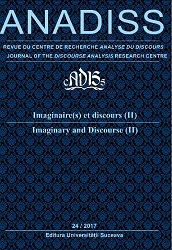
Keywords: meta-language; metapoetic imaginary; explicit poetic art; implicit poetic art;
The textual volume of Eminescu's metapoetic imaginary is impressive, as his explicit ars poetica “contaminates” about 1/3 of his literary creation. Whole poems or numerous fragments (especially of his posthumous creation) form the “poetry of poetry” of Eminescu. In addition, there is his “literature about literature”, consisting of a few prose works and prose fragments, articles (published or not), letters (posted or not), hundreds of notices left in manuscript, annotations to translations and courses, etc. The fact is unique for the Romanian literature of the last century, since Eminescu is an scriptor additus scriptor who finds an equivalent only in the personality of a writer-critic-theoretician of his century the likes of a Poe, a Baudelaire, or a Mallarmé. If the modern age of poetry (for which Roland Barthes proposed as a conventional landmark the year 1850) begins when the poetic language works on itself, is “self-centered”—as Roman Jakobson would say—pointing out the self-reflective capacity of discourse through the interference of text and metatext, then the post-romantic, modern Romanian poetry synchronises, through Eminescu, the moment of its appearance with the one of Western modern poetry.
More...Keywords: Man; romanism; obstruction; delay; revolution;
A brilliant man of culture, always in action, permanently seeking knowledge, Mihai Ralea placed Man in the centre of his creation. Whether his approach was academic (i.e. studies and university courses dedicated to students or lectures addressed to his fellow academy members) or simple and direct (i.e. his newspaper articles), humanism – “the interest in determining or explaining in a naïve or cultivated manner the being or nature of Man” – remained a constant element. Along with explaining man, another connecting element of the various domains approached by the Academy member Ralea in his writings seems to be the Românism and the comprehension of all downsides of the Romanian people. Considered one of the greatest essayists, Ralea brings to literary critique elements of analysis refined by the finesse of psychological observations and nuanced by the passage through the social field.
More...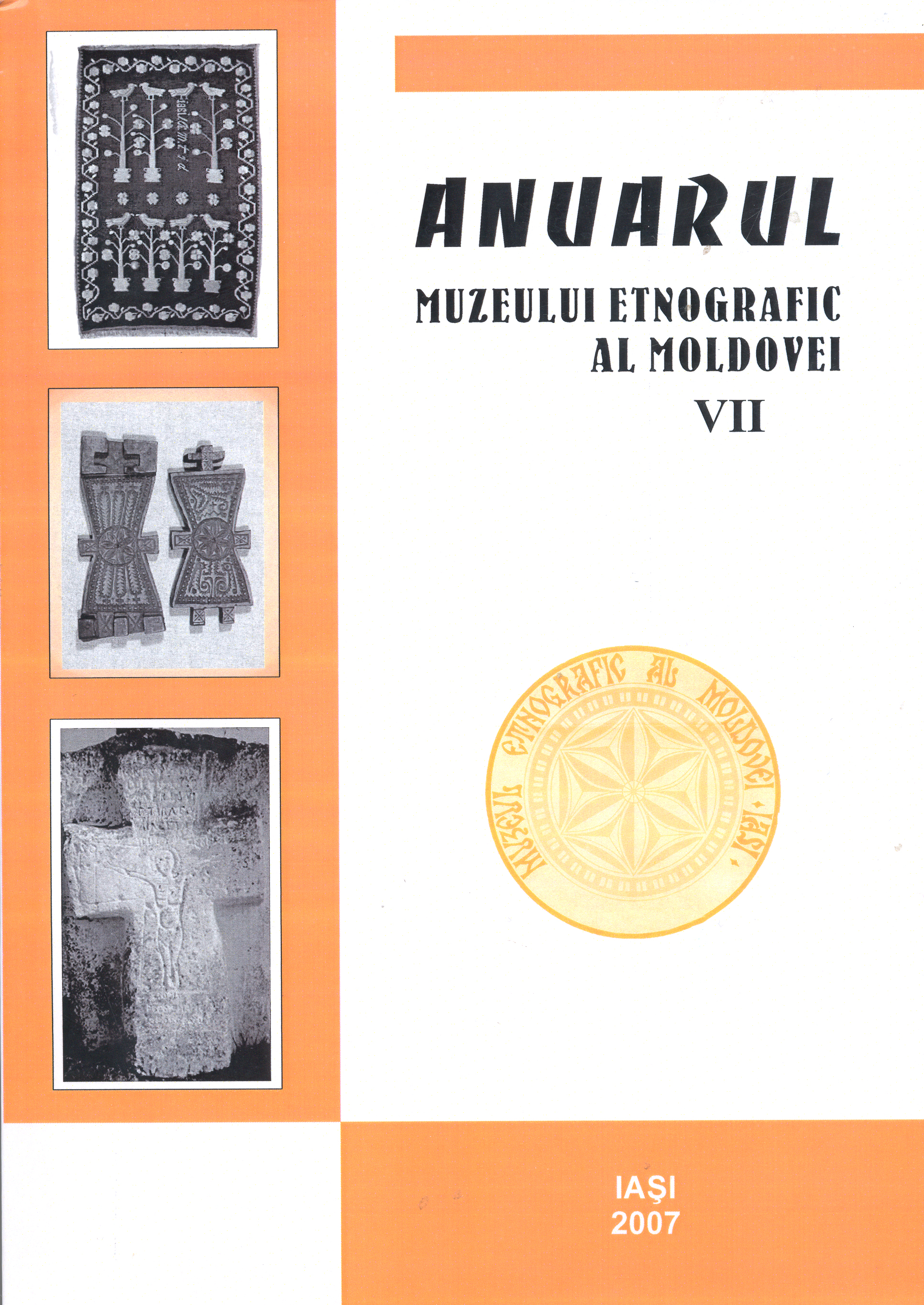
Dans l’étude intitulée Le centenaire de la naissance du Professeur Mihai Pop, l’auteur reconstitue, en grandes lignes, des moments de la biographie du savant, soulignant son rôle dans la réalisation de lignes directrices de la recherche folkloristique et ethnologique roumaine de la seconde moitié du XXe siècle, de l’article – programme Problemele şi perspectivele folcloristicii noastre (1956) (traduction du titre: Problèmes et perspectives de notre folkloristique) jusqu’aux études de direction de la fin des années 1960, Perspective în cercetarea poetică a folclorului, (Perspectives dans la recherche poétique du folklore), dans le volume Studii de poetică şi stilistică (1966) (Etudes de poétiques et de stylistiques) et Caracterul formalizat al creaţiilor orale (Le caractère formalisé des créations orales) (dans la revue „Secolul 20”, nr. 5, 1967). L’article veut être un hommage payé, lors du centenaire de sa naissance, à la personnalité de celui considéré par beaucoup le fondateur de l’école de folkloristique roumaine moderne.
More...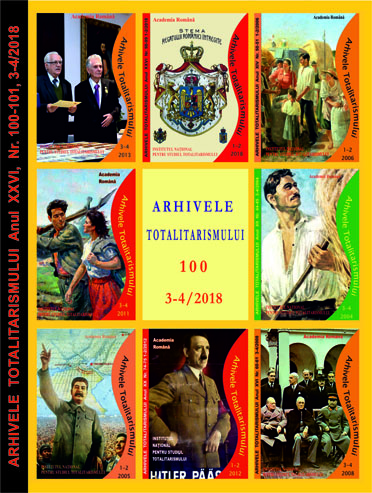
Keywords: Mihai Botez; Communism; future studies; repression; Securitate;
This is a review of the book edited by Radu Ioanid, Mihai Botez. Three portrait sketches. Documents (Mihai Botez. Trei schiţe de portret. Documente) Polirom, Iaşi, 2018, 442 p.
More...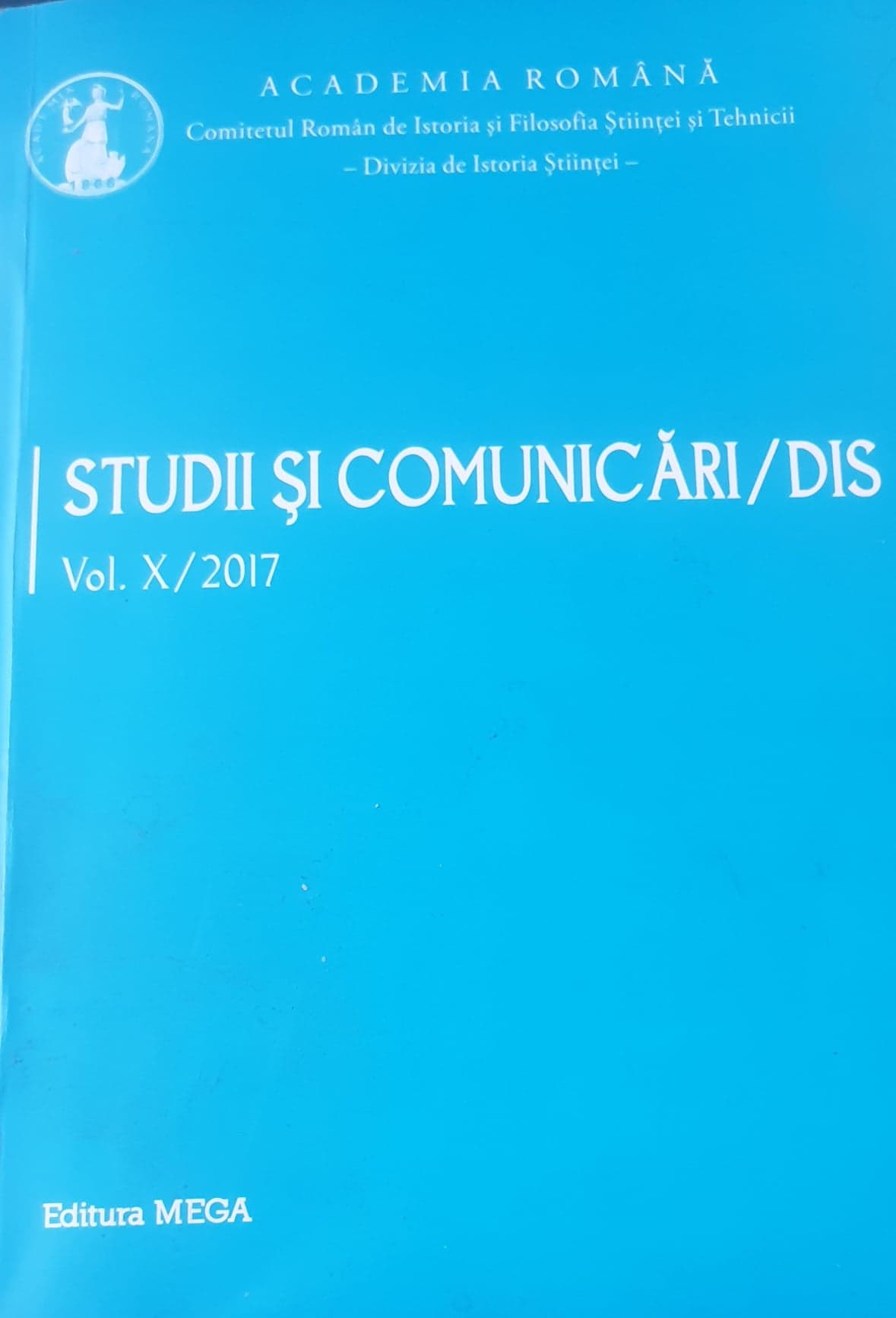
Keywords: Băcescu; biography; unknown data;
About Mihai Băcescu (1908–1999), the highest Roma nian oceanographer, one of the biggest specialist in Crustacea of the world from all times and manager of the „Grigore Antipa” Museum of natural History, very few and short biographies were written. I complete them with data obtained from his family personal archive. His mother, born Cârlănescu, was sister of Ioan Hudiță’s mother. He studied at „B. P. Hasdeu Highschool” from Chișinău. Professor Băcescu married Elisaveta Ivanov born in Chircăieşti, in the family of a priest. In 1938 he received a scholarship in France. After being named by Grigore Antipa head of department at the Museum of Natural History from Bucharest, he join the Romanian army during the World War II as observer shooting. It followed hard days after the war for the museum and its specialists.
More...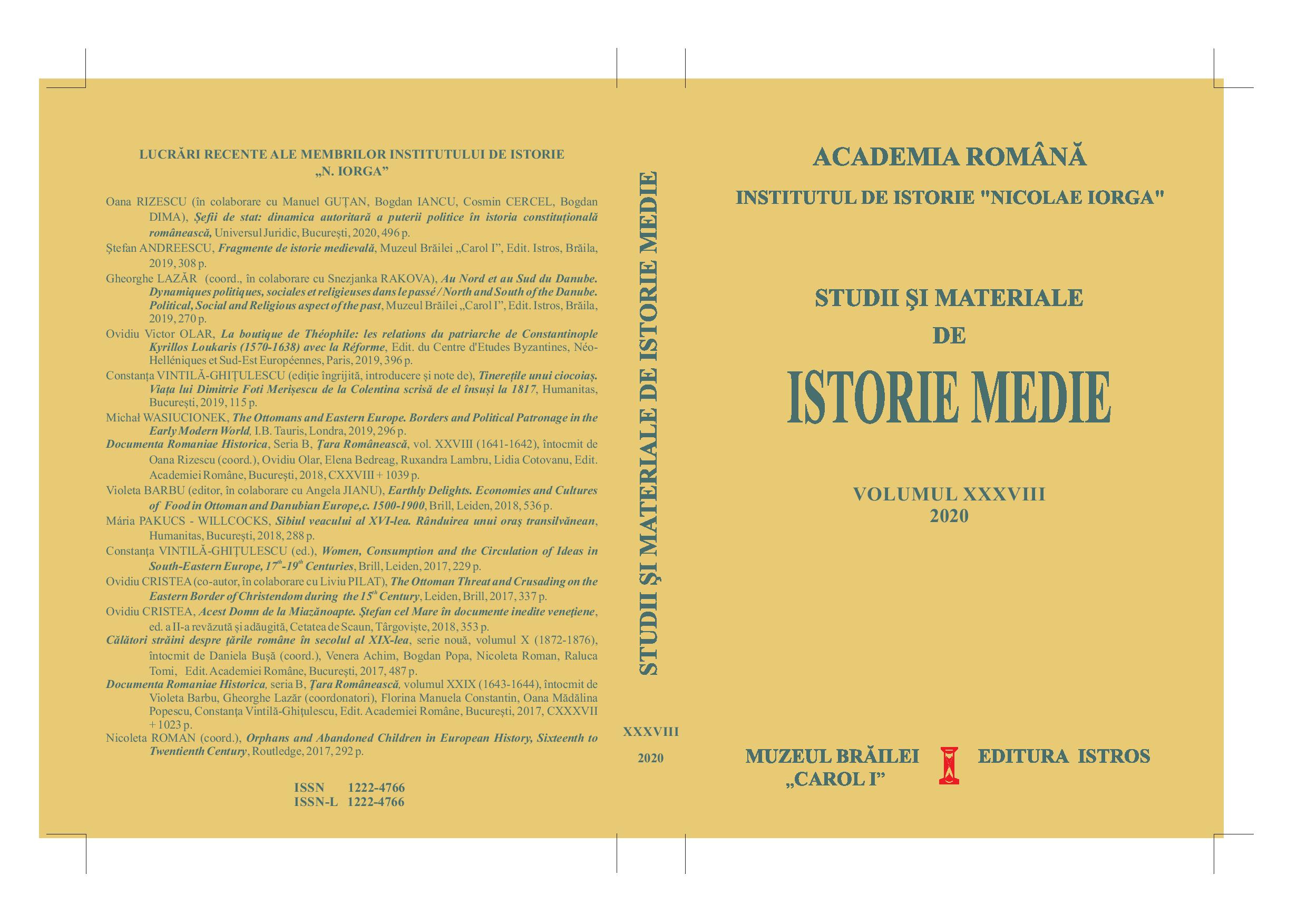
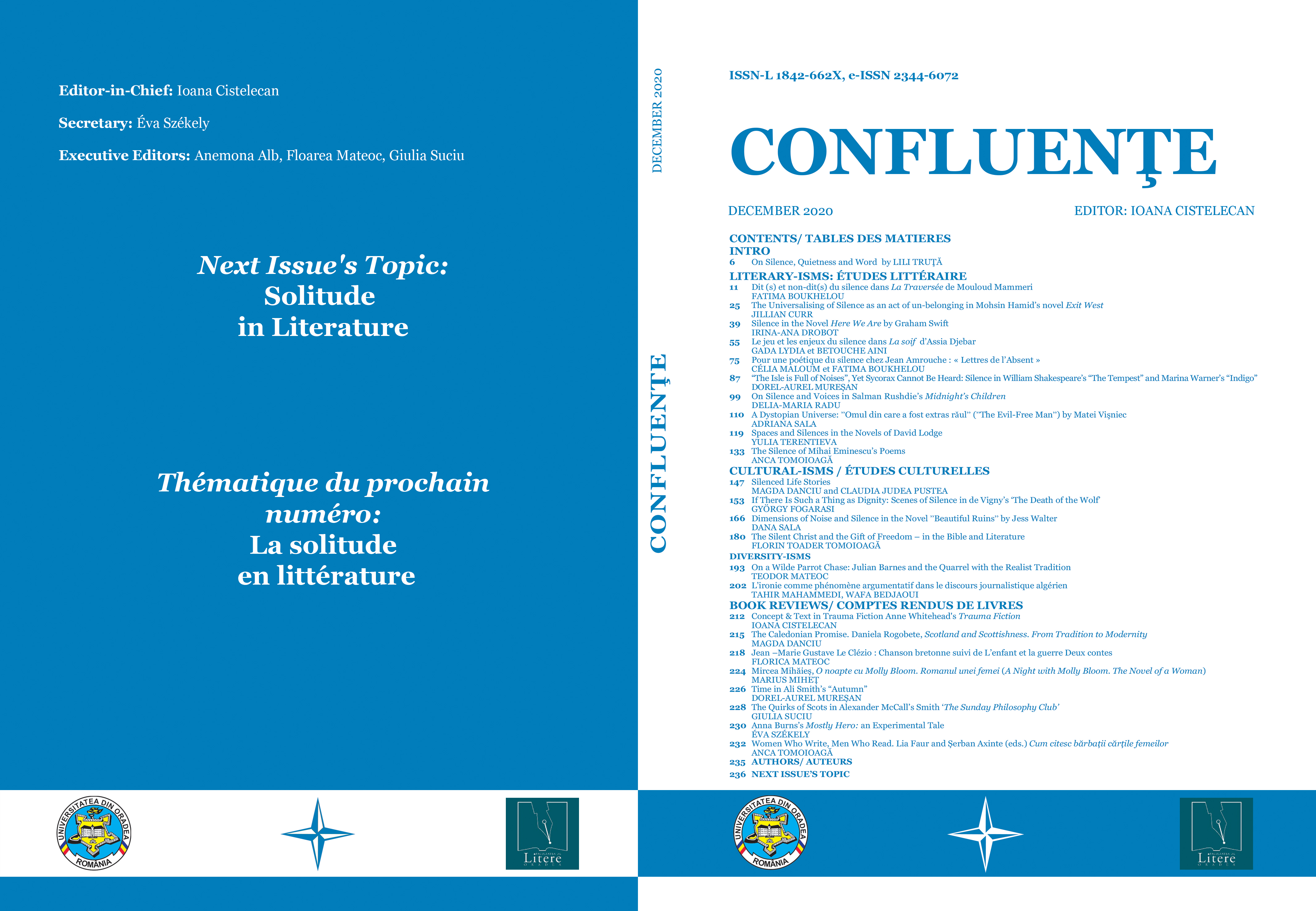
Keywords: silence; absence; plenitude; limits of language; Orphic temptations;
Silence could be presence, plenitude, repose but also absence, wordlessness. The present study explores these two (semantic) dimensions of silence as they are configured in Mihai Eminescu’s poetry. The harmonious nature and the feminine presence create the predilect atmosphere for the reverberations of silence as repose and plenitude. When the poet encounters difficulties in finding the right verbum, silence reflects the Orphic crisis of the poetic word. The poet is tempted to test the possibilities of the poetic verbum and tries the impossible i.e. forces the limits of the word in order to make it incorporate the reality itself, not just to denominate it.
More...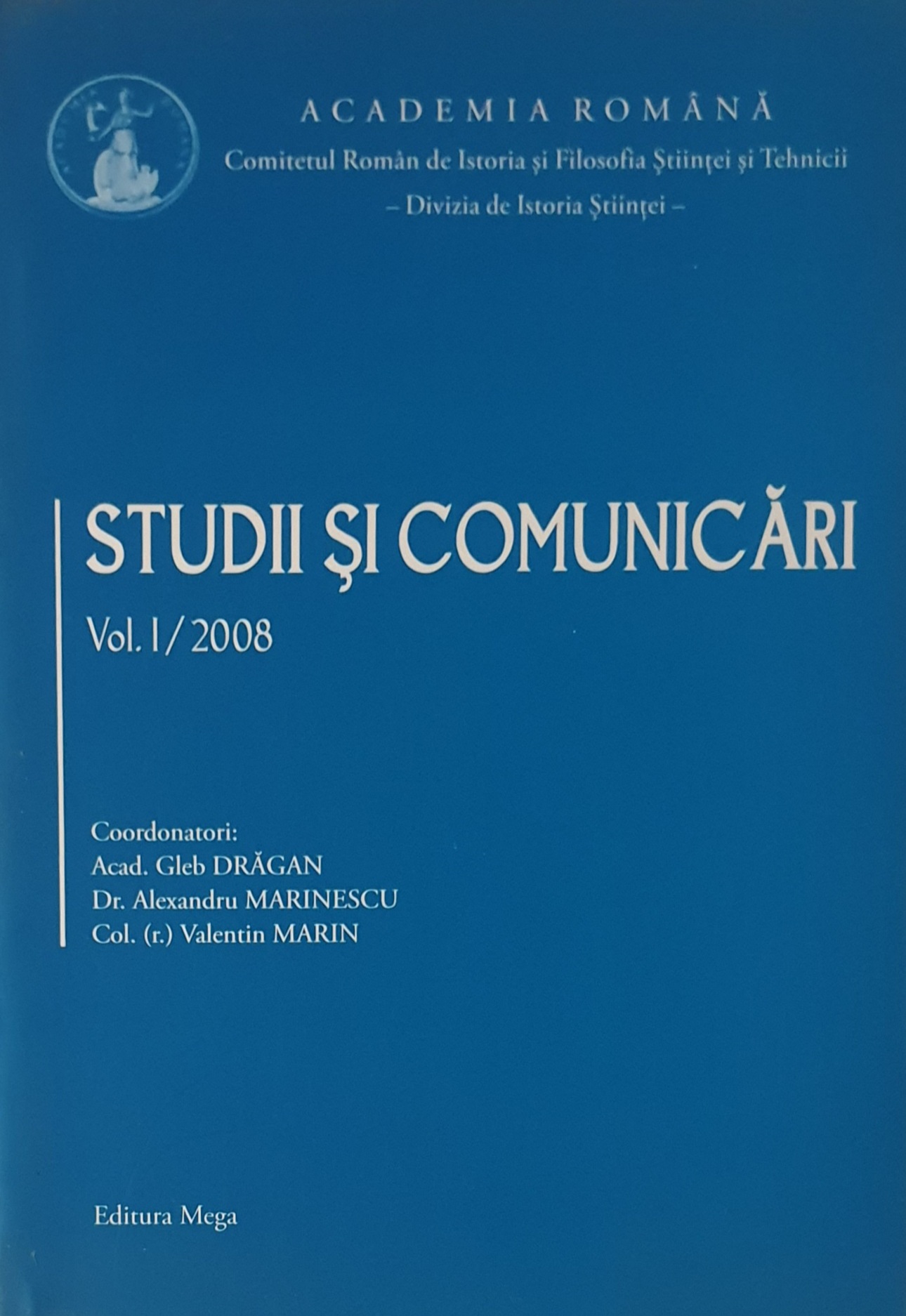
Keywords: Aacdemician Mihai Băcescu; Dr. Grigore Antipa; museologost; Bucharest’s Museum of Natural History;
Mihai Băcescu succeeded the founder of the Bucharest’s Museum of Natural History, Dr. Grigore Antipa (the founder of the museum) seeing in him a remarcable scientist and devoted museologist. M. Băcescu was director of the museum for 24 years and developed Antipa’s ideas, publisihing a review (Travaux) as a visit card of the institution in its relations with other biological institutiuons from all over the world. His election as president of the Romanian National Commitee of ICOM as awell as president of the International Commitee of Natural History Museums were excellent oportunities to confirm his aptitudes in museology. M. Băcescu was a honorary member of ICOM. In the country he organized several Counties Museums of Natural Sciences and started the publication of „Museum’s Review”. His very dear realization was „Water Museum” in Fălticeni – Suceava County. The Bucharest’s M.N.H. is the object of new projects of modernization with new museo-technical facilities and with interactive programes for visitors. This projects are in the memory of the distinguished museologist Mihai Băcescu.
More...
Keywords: Mihai Băcescu; oceanographic expeditions;"Grigore Antipa" Museum;
There are presented the voyages on seas and oceans of the world of scientist Mihai Băcescu, most important specialist in domain of Peracarid Crustaceans (Mysidacea, Cumacea and Tanaidacea) of his time, in oceanographic expeditions where he was invited, the American exploration of Peru-Chili Trench with RV "Anton Bruun" (1965), investigation of Atlantic coasts of Africa with French ship "Thalassa" (1971) and with the same ship the North-Western corner of Indian Ocean in 1977. In 1973–1974 due to Academician Mihai Băcescu's payments there was organized the first Romanian expedition in the Indian Ocean, at Tanzanian coast. All these expeditions were closed with important scientific discoveries, new species for science, with enriching the patrimony of "Grigore Antipa" Museum,novelties also presented in some beautiful exhibitions.
More...
Keywords: Professor Mihai Băcescu; “Grigore Antipa" Museum; steps;
The story of ten steps of “Grigore Antipa" Museum climbed by the author of these lines together with Professor Mihai Băcescu in his last 12 years of life, steps of Mihai Băcescus exceptional prefessional and human career, the decalogue of a formation.
More...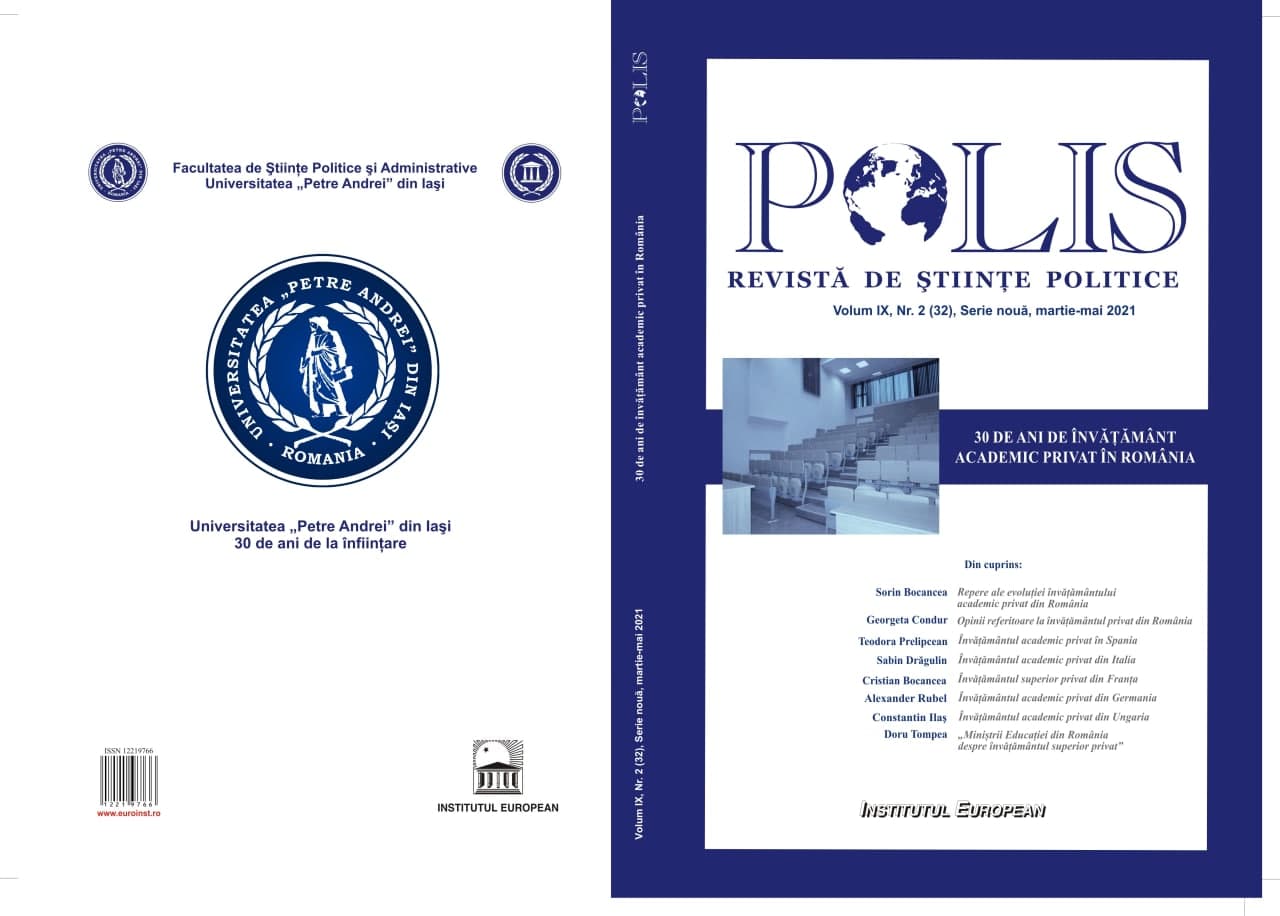
Keywords: Interview;
Interview with Mihai Șora
More...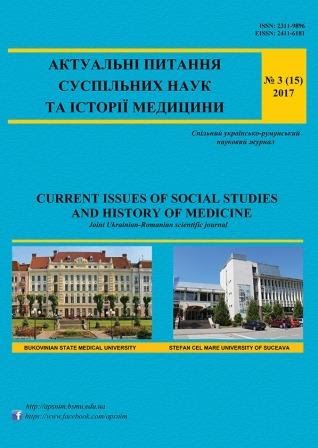
Keywords: Romanian and world literature; blue flower; romanticism; comparative studies; literary chromatism;
The floral symbol manifests itself according to the aesthetic codes of each literary era. For romantic creators the outside world begins to lose its meaning so that the real nature will be subordinated by them to the inner movements of feelings. The literary motif of the blue flower consecrated by Novalis in German romanticism is the desire to access a higher spiritual life because in romanticism literature becomes a means of knowing the world not just mirroring it, no matter how elaborate this reflection. With reverberation in Mihai Eminescu`s poetry this floral motif is originally autochthonous along with other floral aesthetic codes. The method of research. Constructive comparativism or third-degree comparativism is the method used and is based on relationship of dependence or influence between at least two texts. Thus, there are certain myths, themes, motives that radiate from one culture to another, from one era to another, enriching their meaning according to new visions about the world and life. Conclusion. From the dawn of literature until now aesthetic codes including floral ones have been constant they being part of the mythical structure of humanity. The relation between literary works, the contacts between national literatures and the circulation in time of ideas materialize in the taking of some forms, of some suggestions regarding the stylistic construction or the interpretation of the phenomena from the objective world.
More...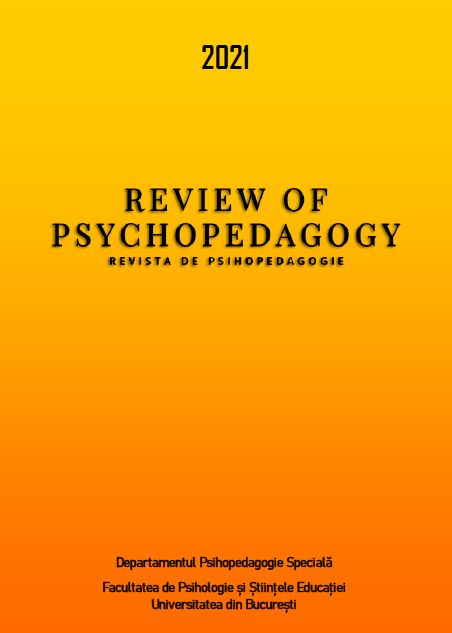
Keywords: psychology; romanian psychologist; Mihai Ralea; culture;
Mihai Ralea remains in the consciousness of specialists as an exceptional personality with a rich scientific contribution to the development of and the elaboration of many innovative ideas for a series of fields of culture. An unsurpassed creator and visionary, with a vast work he marked the orientation of many scientific fields and laid the foundations of modern psychology.
More...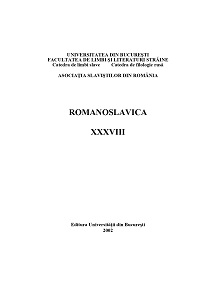
Keywords: Mihai Mitu; 65th birthday; Philology;
Scientific life: Mihai Mitu la a 65-a aniversare (Mariana Mangiulea)
More...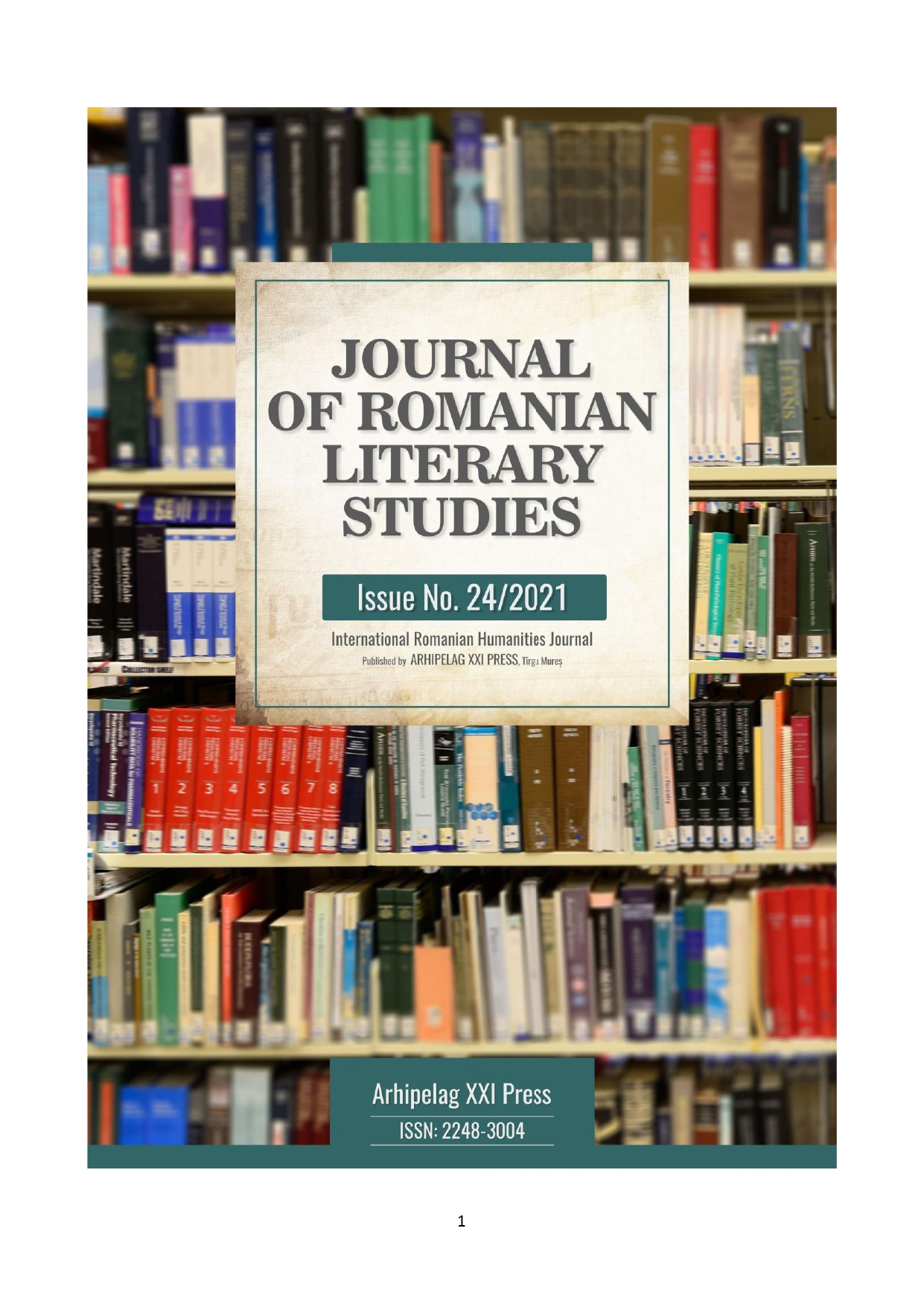
Keywords: meteor; light; ground; science; art; symbol; star;
The biggest credit that has to be given to Mihai Eminescu is that he was the most important Romanian romantic poet. We do not have to forget the fact that, through his intellectual formation, issued from a thirst of a typical romantic knowledge, Mihai Eminescu went beyond the borders of poetry and he got close to the psychic structure of a scientific character. His poetry is the proper place for the poet between the rational and artistic knowledge. The words like” star”,” universe”,” sky”,” ground”,” meteor”,” light” become symbols because Eminescu connected them to the inner experience, like a product of the artistic knowledge.
More...